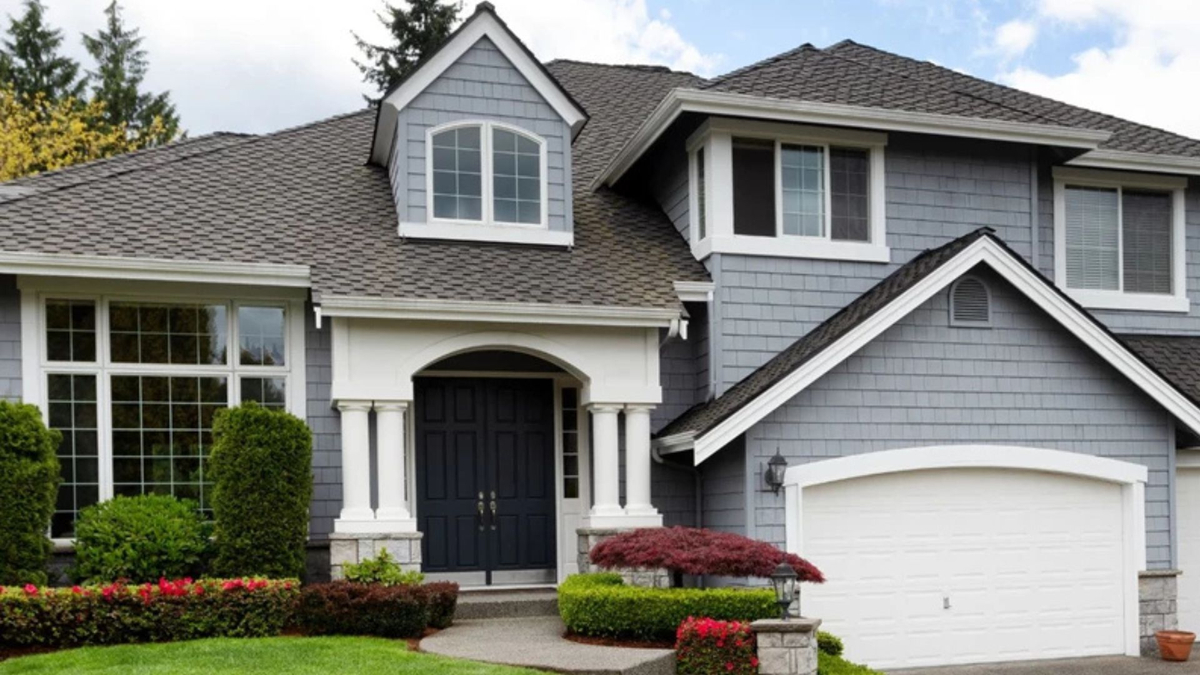When humidity gets into the mix, exterior paint doesn’t always behave the way it should. Here are some of the most common issues homeowners run into during the warmer months.
Blistering and Bubbling
Blisters form when moisture gets trapped beneath the paint and tries to escape. That moisture expands, creating bubbles or blisters on the surface. Once those form, they usually pop and leave unsightly spots where the paint has lifted from the surface.
This is a common issue when paint is applied too soon after rain, or when the surface wasn’t fully dry before painting began. It can also happen when humidity levels are high during or shortly after application.
Mildew and Mold Growth
Michigan’s warm, damp summers are perfect for mildew and mold. These pesky fungi love shaded areas with poor air circulation—like behind bushes, under eaves, or on the north side of your home.
Mildew shows up as dark spots or patches on painted surfaces. Not only does it look bad, but it can also degrade the paint over time. And if the paint itself isn’t mildew-resistant, the problem can keep coming back even after cleaning.
Poor Adhesion and Peeling
Paint needs to bond firmly to the surface to do its job. But high humidity can prevent that strong adhesion from forming. Instead of sticking and sealing like it should, the paint might cling loosely—and start peeling within a year or two.
This kind of early failure is frustrating and expensive to fix. Often, the only solution is to scrape, sand, and repaint the entire affected area.

